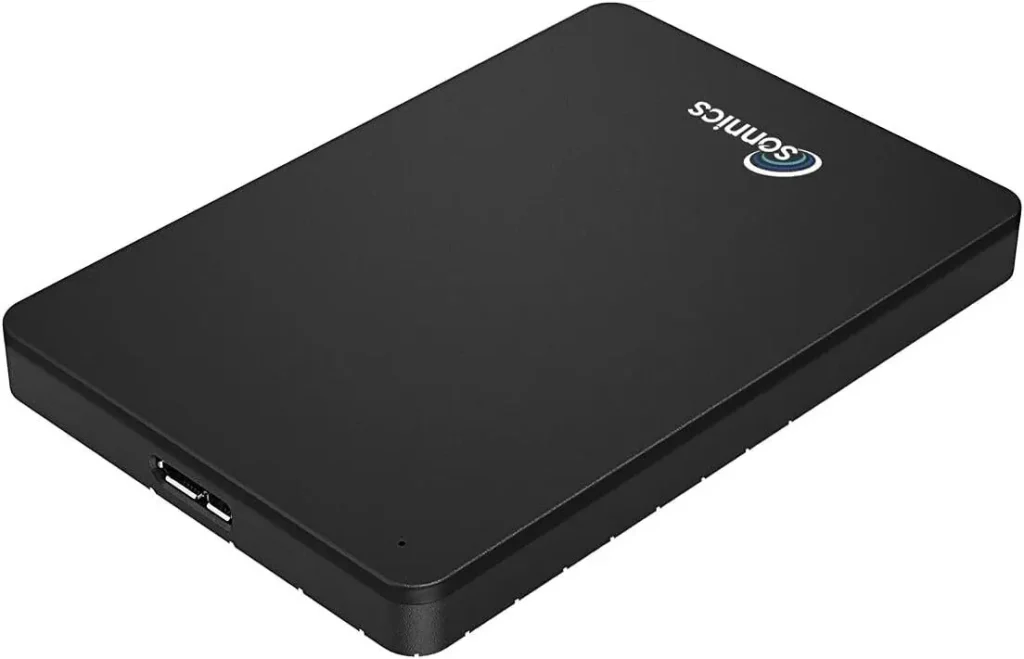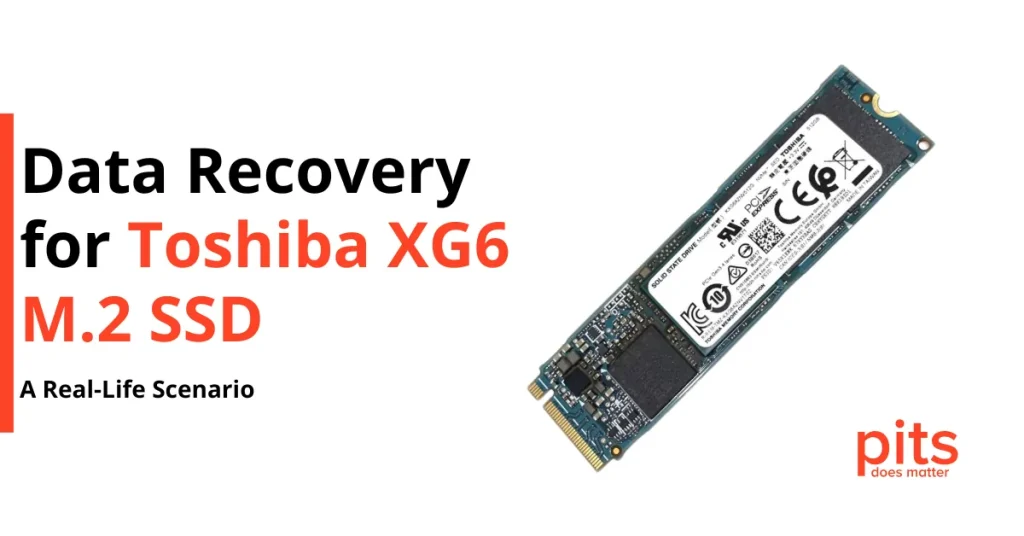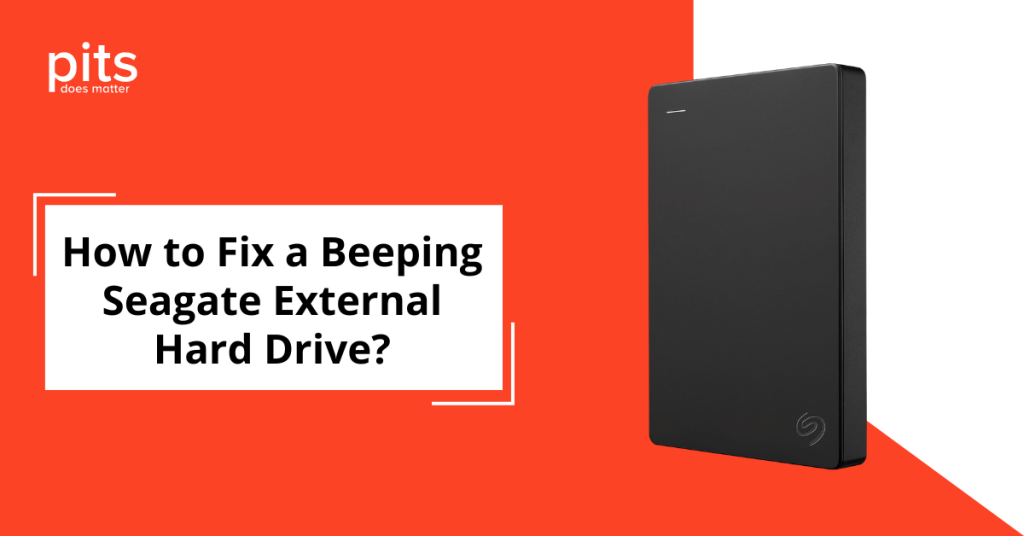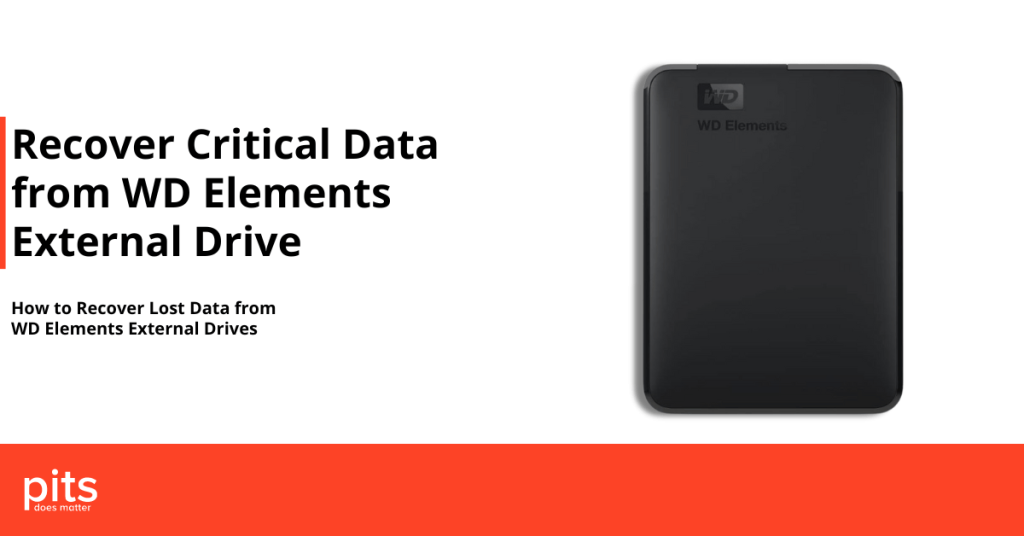The Sonnics 1TB external hard drive represents a commonly used storage solution for individuals seeking to safeguard their valuable digital memories and documents. Data recovery from drives with bad sectors, such as the Sonnics 1TB external hard drive, entails delicately handling these damaged areas to retrieve lost files. In this blog post, we’ll explore the common causes behind Sonnic’s external hard drive developing bad sectors and the meticulous recovery process we undertook to salvage important data from these compromised areas.
Data Loss on Sonnics External Hard Drive
A high school teacher experienced issues with his Sonnics 1TB external hard drive. He mainly used it for storing precious family photos, but it suddenly stopped working. Even though there were no visible damages or typical signs of a hardware issue like the dreaded clicking noises, accessing the files became impossible.
Firstly, he attempted basic troubleshooting methods, such as plugging the device into different ports and restarting his computer. He also tried using data recovery software but was unsuccessful in retrieving the important data.
After a quick search about HDD failures, the teacher heard that some data recovery services could retrieve lost or damaged data. He contacted our customer support team and brought his Sonnincs 1TB External Hard Drive for evaluation at our lab.
Evaluation Process for Sonnics External Hard Drive
Our technicians thoroughly evaluated the Sonnics 1TB external hard drive to determine the reason for failure and the extent of damage. We started by checking for any physical damages or malfunctions. Since no visible issues existed, we moved on to more comprehensive tests. We used specialised tools to conduct a deep drive scan, revealing bad sectors on the disk. Bad sectors are areas on the hard drive that have become damaged and cannot be accessed.
Diagnosis on Sonnics 1TB Hard Drive
After examining our diagnostic tools, we found that the Sonnics 1TB external hard drive showed irregular behavior during sector access tests. While it functioned and made no clicking sounds, suggesting mechanical issues, it couldn’t read the first sector initially but could read the last sector. Surprisingly, A follow-up test showed that it could read the first and last sectors without problems.

A disk headmap was generated to understand the drive’s condition better. This headmap visualised the drive’s functional areas and highlighted the locations of bad sectors, which was especially evident when attempting to access certain files. The distribution pattern of these faulty sectors offered valuable insights into the drive’s issues, directing our actions in the recovery procedure.
Recovery Process for the Sonnics 1TB External Hard Drive
The recovery of the Sonnics 1TB external hard drive commenced with a sector-level imaging process. This technique involves creating a complete binary copy of the drive’s data, focusing on cloning the undamaged sectors while initially skipping over the bad ones. By doing so, we could secure a substantial portion of the data without exacerbating the condition of the already compromised sectors. Throughout this process, our advanced tools meticulously logged the locations of the unreadable sectors, preparing us for the next phase of targeted recovery efforts.

Successful Recovery of Sonnics 1TB External Drive
We utilised sophisticated data recovery techniques customised to navigate the previously identified bad sectors. This phase required a fine-tuned approach, as it involved attempting to read data from the problematic sectors with adjusted read attempts and employing error correction protocols to reconstruct what data could be salvaged.
Despite the drive’s considerable number of bad sectors, these concerted efforts successfully retrieved many valuable family photos the client feared were lost. This case highlights the potential for recovery even when data appears inaccessible due to bad sectors, underscoring the importance of expertise and specialised tools in data recovery.
Conclusion
We initiated a file verification session after successfully recovering the data from the Sonnics 1TB external hard drive. This crucial phase was implemented to ensure the integrity and completeness of the recovered files, especially focusing on the precious family photos the client highly valued. This thorough verification process assured both our team and the client that the recovery was successful and that the data was fully restored and accessible.
Our customer was extremely satisfied with the result and expressed gratitude for our efficient and effective service. We hope this case serves as a reminder of the value of data and the importance of seeking professional assistance when facing data loss. So, always back up your important data and seek expert help when dealing with data loss situations.
FAQ about Sonnics External Hard Drive Recovery
How can I prevent bad sectors from developing on my Sonnics 1TB external hard drive?
Preventing bad sectors involves minimising physical shocks (like drops or strong vibrations), ensuring stable power supply during operation, and avoiding exposure to extreme temperatures. Regular disk checkups and defragmentation (for HDDs) can also help identify and mitigate potential problems early.
What are the symptoms of bad sectors on an external hard drive?
Symptoms include slow performance, files failing to open or copy, frequent crashes or freezing during operation, and error messages when accessing certain files. If you notice these signs, it’s crucial to back up your data immediately and consider a diagnostic check.
Can data lost to bad sectors on a Sonnics 1TB external hard drive be recovered?
Yes, in many cases, data lost to bad sectors can be recovered using specialisedtools and methods like the ones we’ve described. However, the success rate may depend on the extent of the damage and the type of files affected.
Is it safe to continue using my Sonnics 1TB external hard drive after recovering data from bad sectors?
Replacing the drive after data recovery is generally recommended, as bad sectors worsen over time and can lead to further data loss. However, if you need to use the drive briefly, back up your important files regularly and monitor their performance closely, it’s best to consult with a data recovery professional for advice and potential data protection measures.
How often should I back up data from my Sonnics 1TB external hard drive to avoid data loss?
Regular backups are essential. The frequency epends on how often you update your data, but as a general rule, backing up weekly or after any significant data addition is advised. Employing au mated backup solutions can ensure consistency and reliability in data protection.


